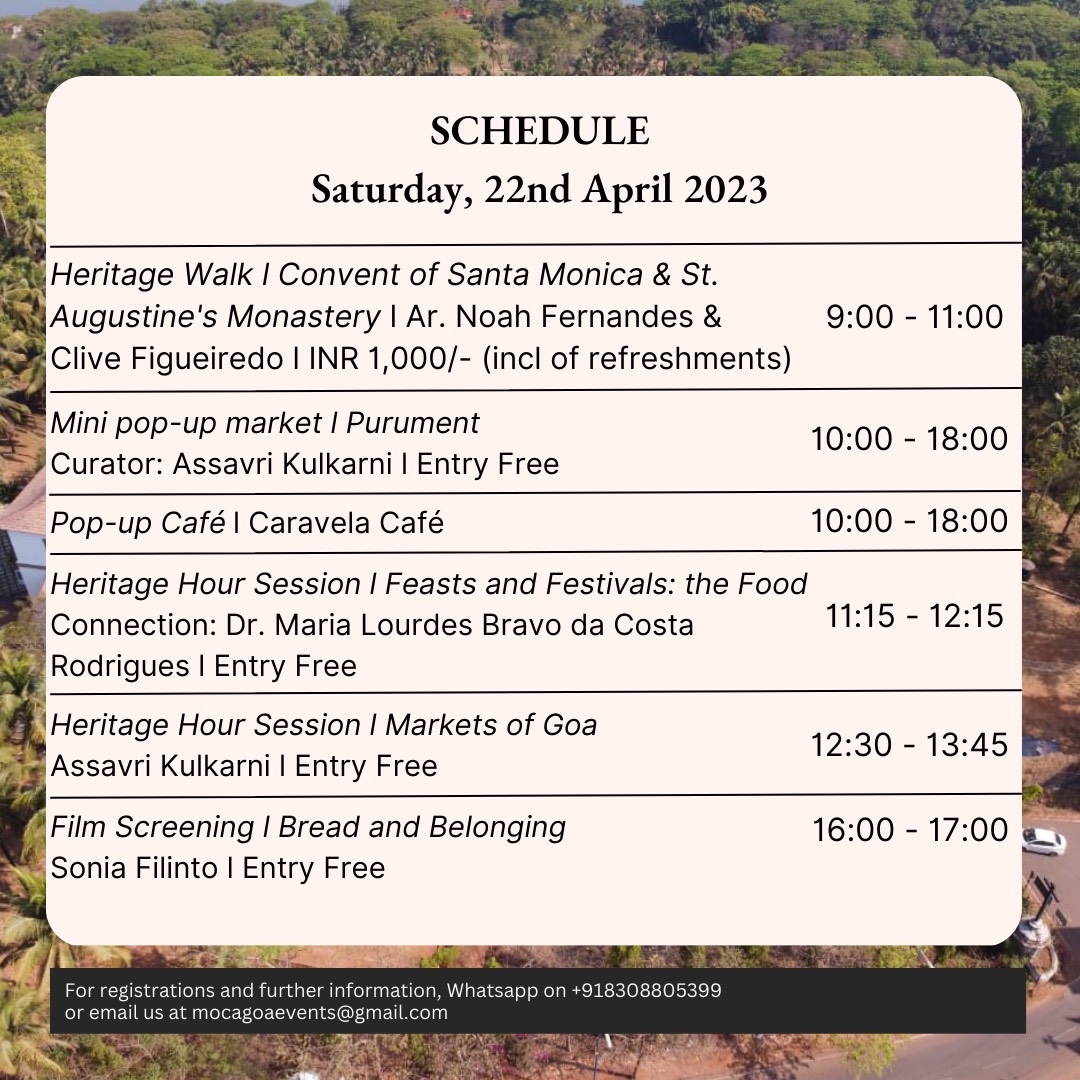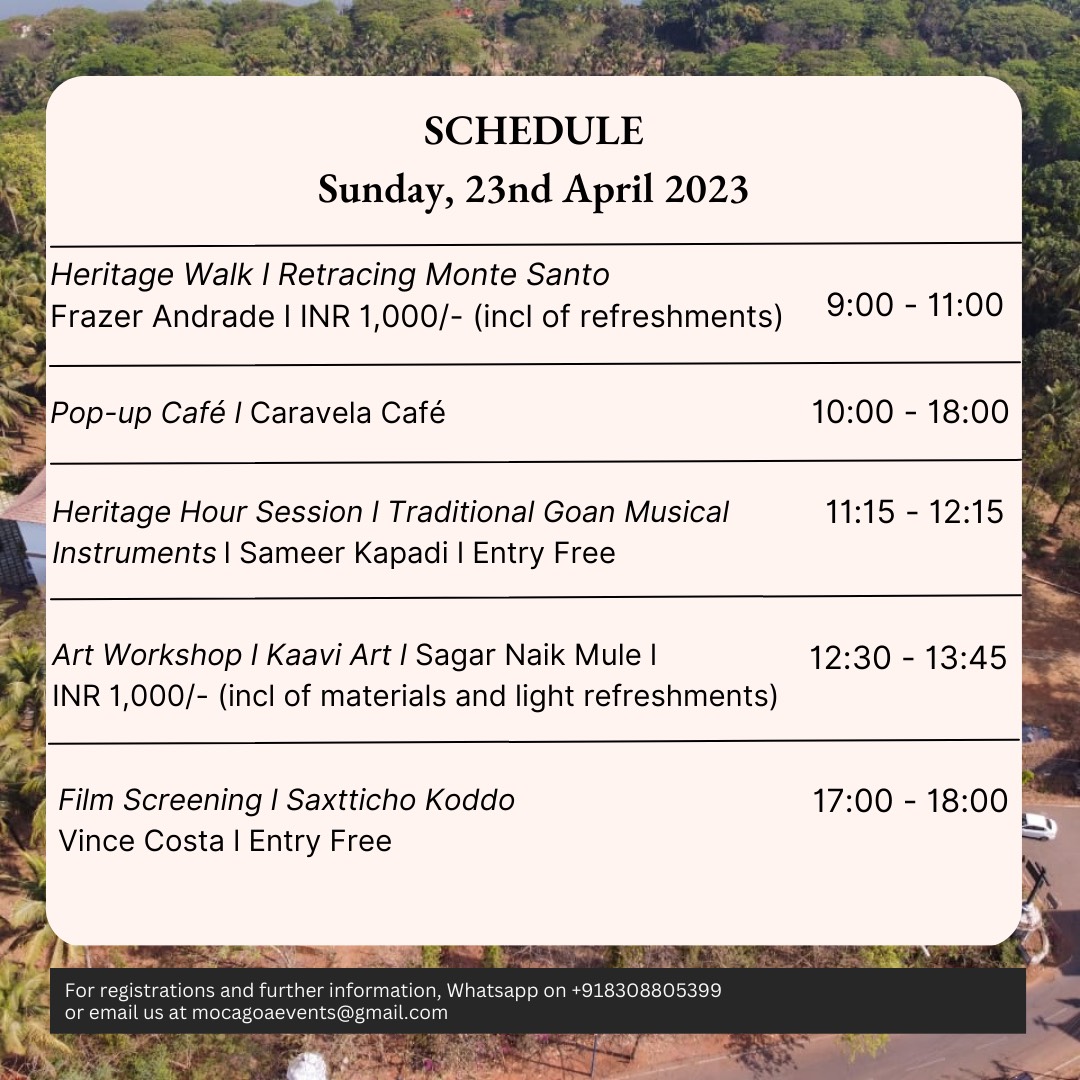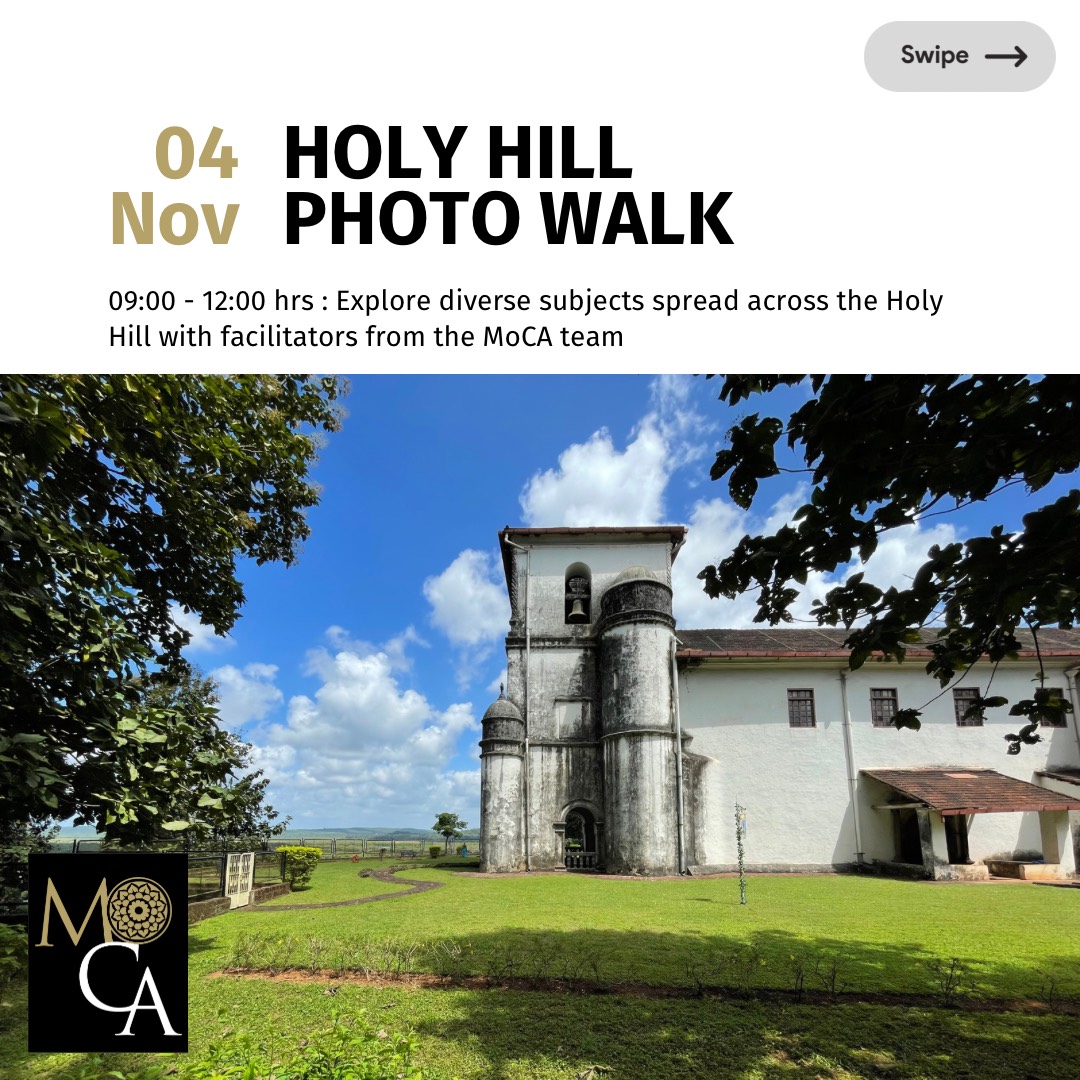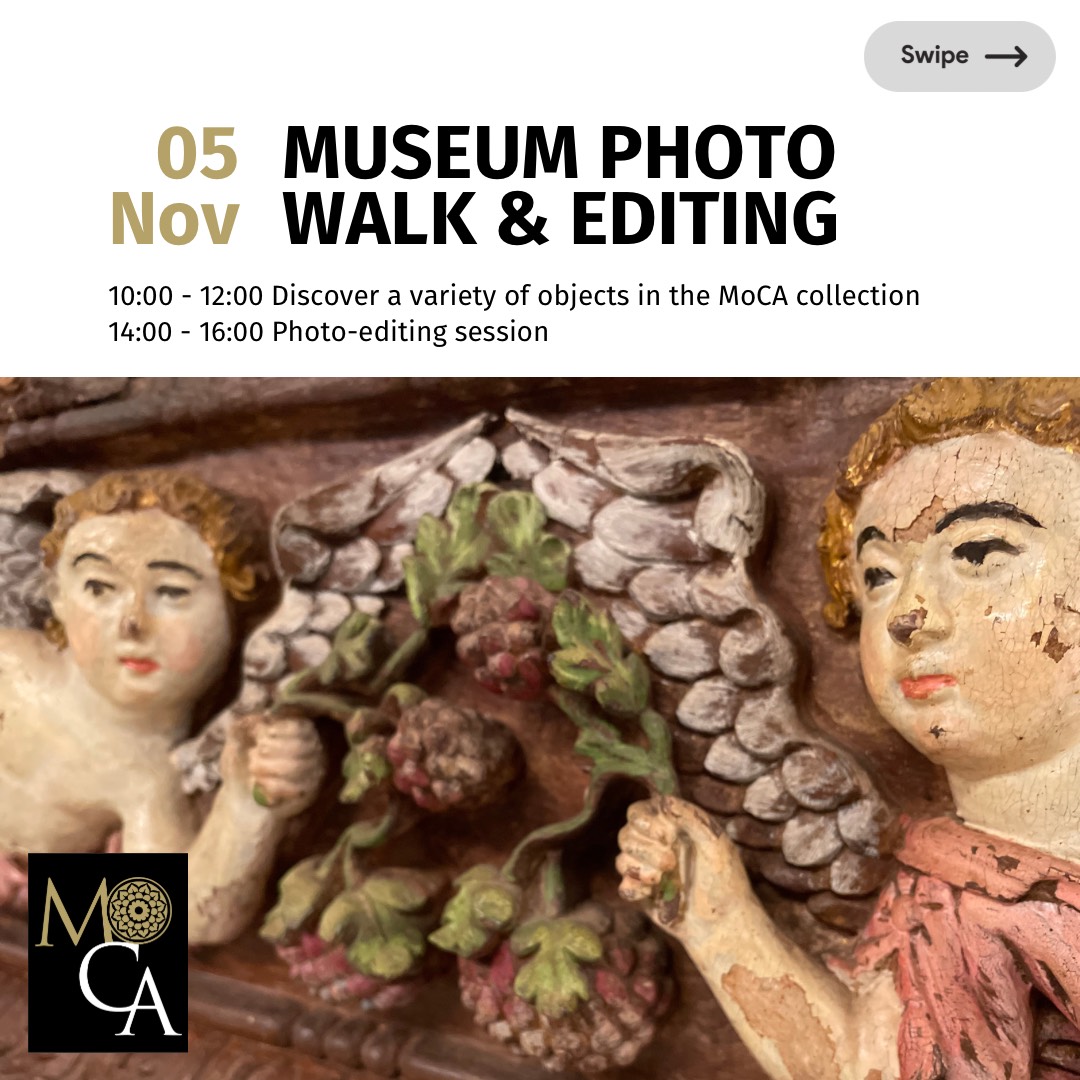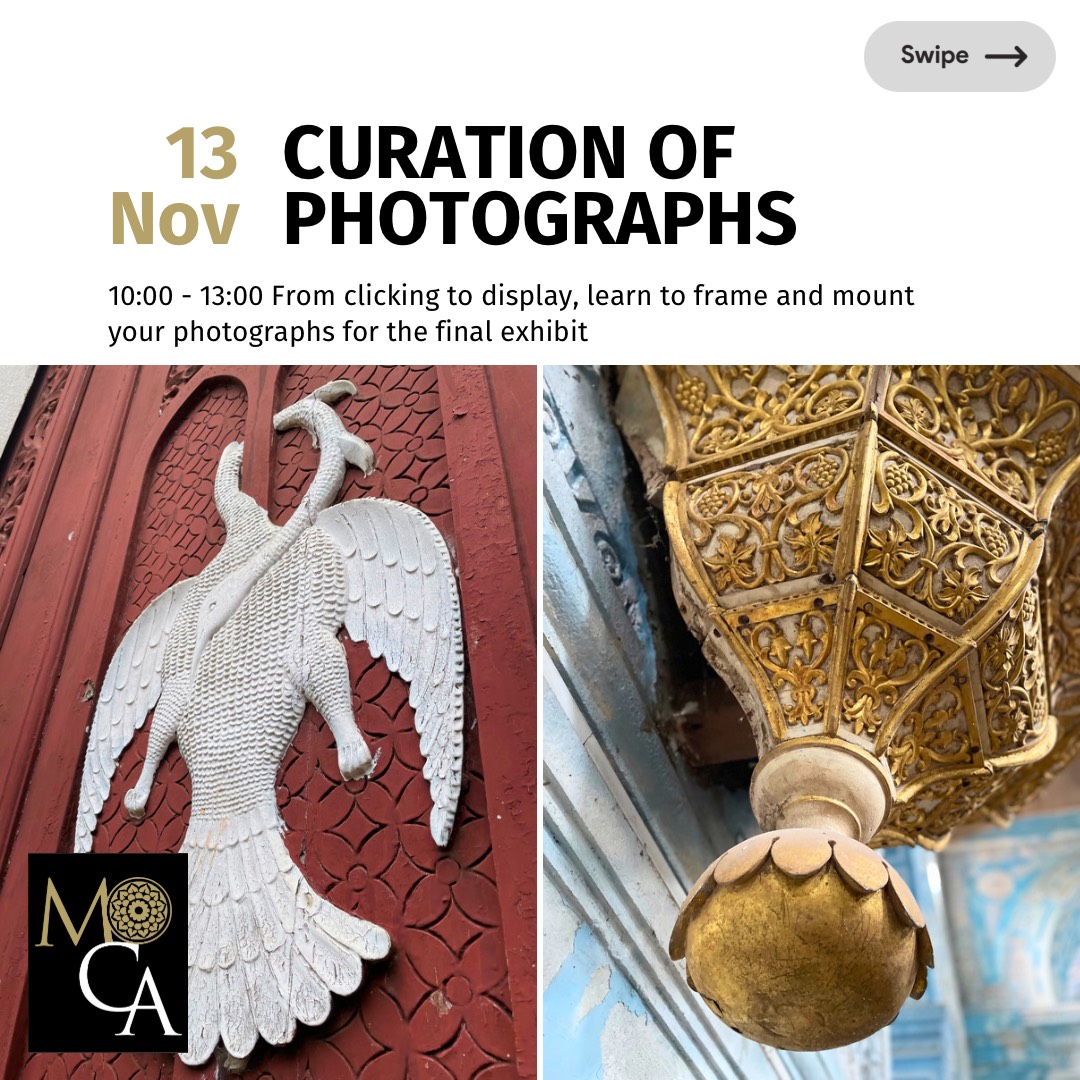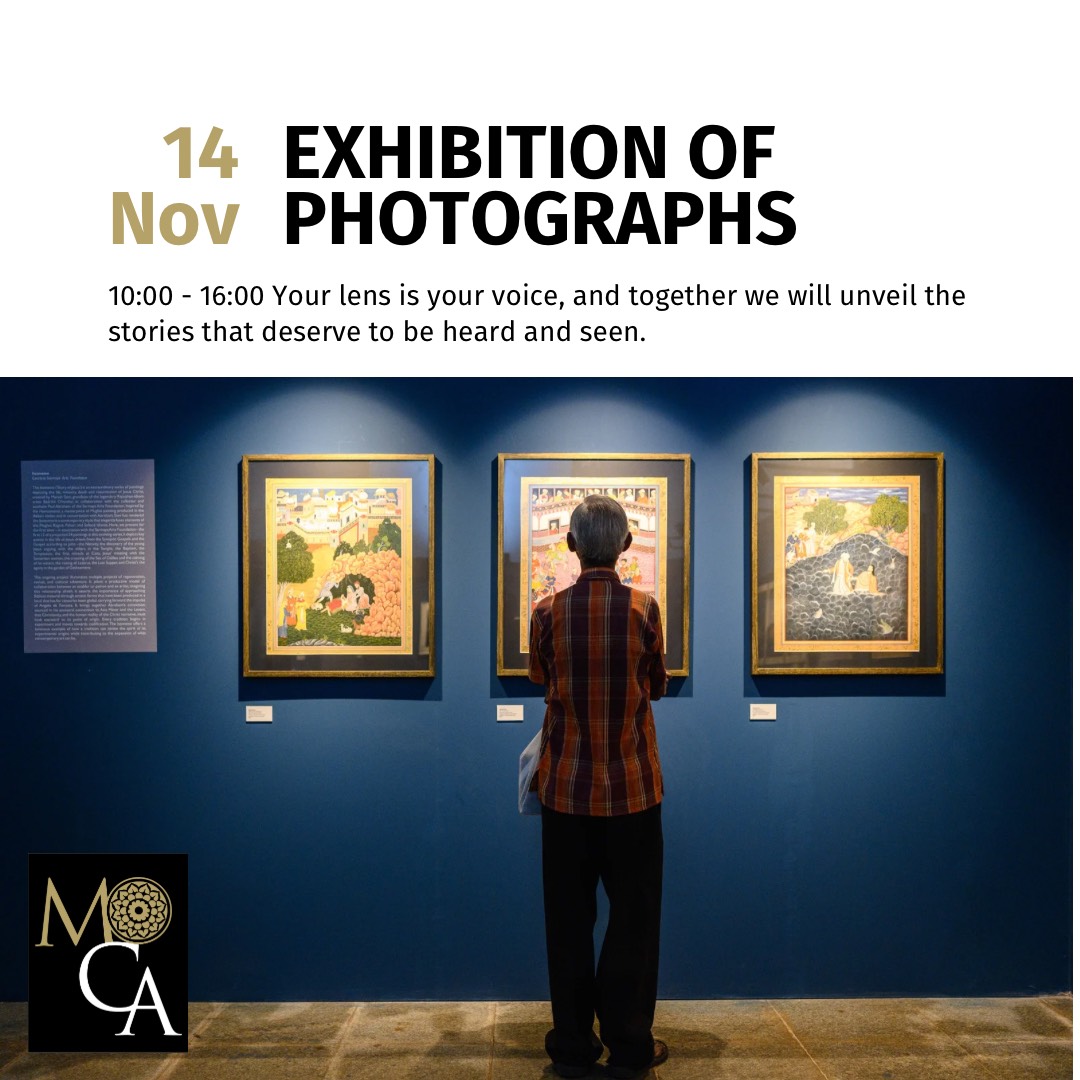Contemporary Responses to 18th Century Prints from the MoCA Collection
Engraved Treasures Part II continues a meaningful interaction with, and interpretation of, engravings from the 18th C Belgian Bible in the Museum collection. In a synergy of tangible and intangible expressions, the showcase brings together a diverse range of works that also reflect unusual yet complementary pairings of aesthetic languages. The compilation reveals a balance between both conventional and experimental approaches; a meeting of classical western art with indigenous art and craft practices; and a sense of acknowledgement for tradition as well as contemporaneity.
There are two central investigations that frame and support the concept of this exhibition: the first involves the artists’ responses to formal pictorial and visual aspects of the engravings, along with their physical history, and the other concerns the theoretical, socio-cultural, philosophical and spiritual essence of the scriptural teachings that transcend all boundaries of religion and become universal considerations through the medium of art.
Several sacred moments that are iconic to the telling of Jesus’s adult life are prominently captured in the prints and paintings. Being a narrative that is fraught with a range of human emotions and behaviours, the artists have taken cues from the engraved images and explored aspects of the suffering and crucifixion of Jesus, the last supper, His death and resurrection. Some have referred to personal experiences in depicting elements of worry, anxiety, weakness and betrayal – even alluding to the pressures of politics, peoples’ expectations and their apathy.
The subject of hope and salvation, and the solace that spiritual thought can offer also comes alive in several works. The miracles of Christ: the marriage at Cana when water was turned into wine, the incredible moment when the multitudes were fed by the simple act of sharing five loaves and two fishes, -indicate the power of service, and that there is wonder in life; something beyond the ordinary.
It can be noted that these episodes are widely discussed and visible, not only in the context of a region like Goa where Christianity is part of the cultural fabric, but also in terms of art history, with familiar and popular renditions of specific religious scenes by master artists of the Renaissance and Baroque periods, and after. The techniques of printmaking – engraving, etching, and woodcut - practised by several artists in the show, draw attention to the history of the medium and its use in the dissemination of religious material through reproductions or otherwise.
The engravings themselves represent much that is performative, in the dramatic settings, manipulation of scale and figuration as well as light and shade. The narratives lend themselves to other forms of expression that have come into play with this exhibition – poetry and dance, sound, puppetry and theatre, all resonating with the theme of the Bible and its engravings.
Politics and conflicts of power are deeply entwined with the discussion of any evolving society. Colonisation is never a comfortable subject and yet time allows for varied cultural remnants to mingle and become richly complex. Therefore, in a Museum like this one, the reciprocative aesthetic languages of Indian and Portuguese art come together to create a new genre. To add another layer, contemporary art has the ability to squeeze into unknown spaces and occupy grey areas to create newer and more colourful interpretations.
In this beautiful mix of forms, techniques and cultural motifs, a meaningful bridge between past and present becomes apparent. And there are lessons to take away – to be human, to have compassion and care, to have hope.
The exhibition curated by Lina Vincent, features artworks by Vijay Bhandare, Sandesh Naik, Clarice Vaz, Sachin Naik, Leticia Alvares, Nishant Saldanha, Sonia Rodrigues Sabharwal, Swapnesh Vaigankar, Sagar Naik Mule, and performances by Impana Kulkarni, Arundhati Chattopadhyaya, Sonia Rodrigues Sabharwal, Pragya Bhagat, Divesh Gadekar, and a choir and orchestra conducted by Fr. Romeo Monteiro.
